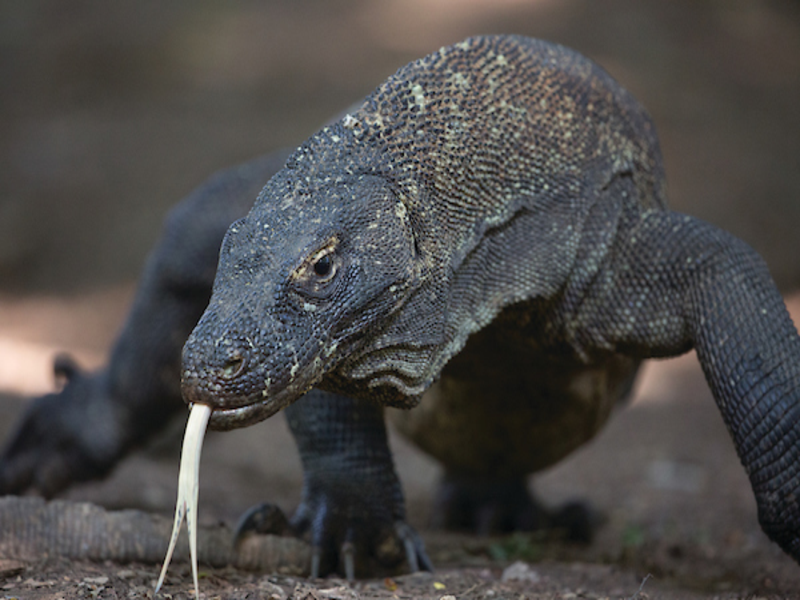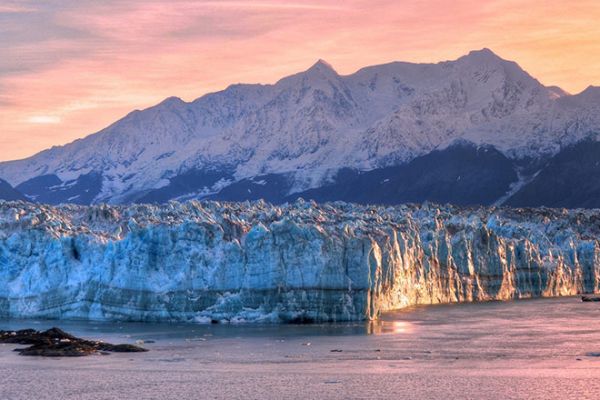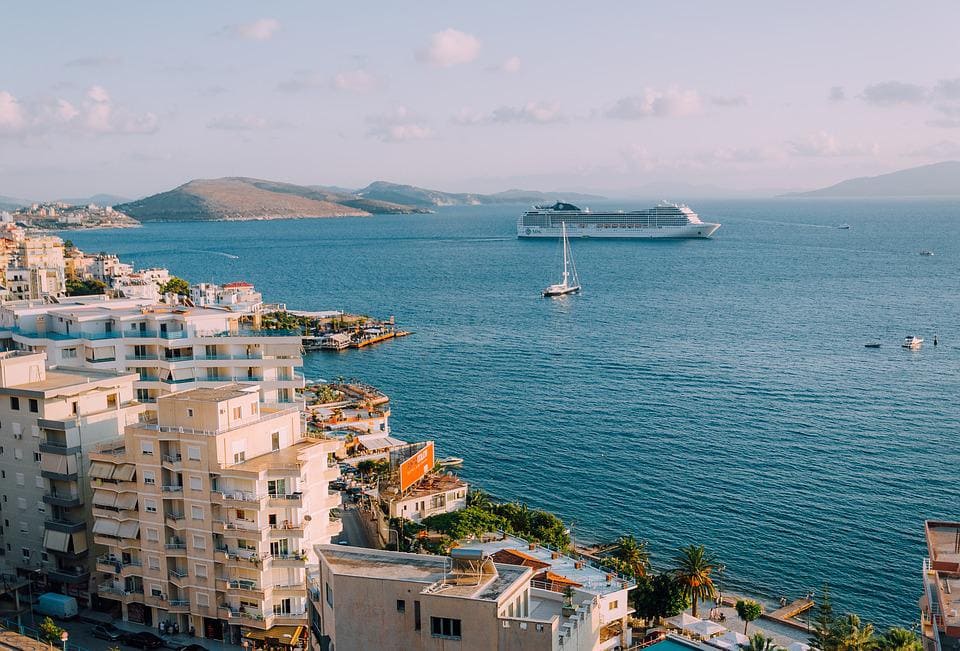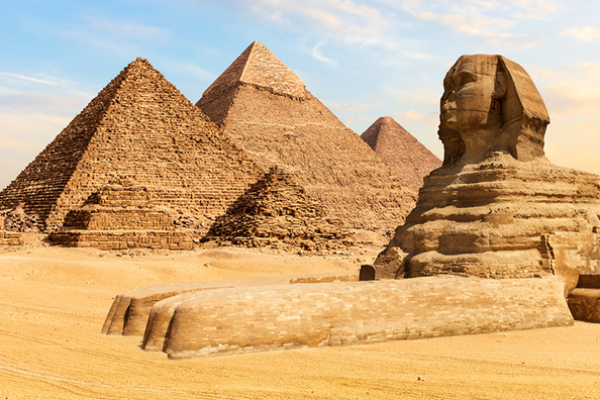Indonesia is home to thousands of unique islands. In the Southern Pacific, on the doorsteps of the Indian Ocean lies an island and marine preserve, that exists out of place in time. The craggy shores of this hostile volcanic habitat are home to the world’s largest terrestrial lizard, the Komodo Dragon. The lush tropical jungles, grassy lowlands, and scenic beaches are his domain. Komodo is a fascinating lost paradise and an expedition cruise experience that is sure to capture your imagination and pique your curiosity.
Komodo Dragons
The beneficiary of a process called “Island Giagantisism,” caused when an apex predator proliferates on an island for thousands of generations with no natural competitors to challenge the species for resources, the Komodo Dragon has evolved its massive size. At roughly 9 feet in length and weighing upwards of 300 pounds, the Komodo Dragon is the undisputed king of this UNESCO-recognized preserve.
Dragons are armed to the teeth (literally) with evolutionary adaptations that allow them to rule the island unopposed. With a muscular tail like a swordsman’s rapier, a scaly hide like chainmail, two-inch curved claws, and a forked tongue long like a thermal radar the world’s largest extant lizard is already an intimidating specimen, but it’s the animal’s bite that is its most deadly adaptation.
The 39-newton bite strength of the dragon’s jaw is comparatively weak to something like a crocodile. It is the saliva that streams from their mouth that holds a deadly venom within that kills the Dragon’s prey. Victims of this “terminal nibble” will not succumb to their wounds immediately. Instead, they will live on as the bacteria in the dragon’s venom slowly causes the wound to fester. As the wound continues to decay it releases pheromones that attract additional dragons to the area. Unfortunate prey then gets to watch the crowd of carnivorous lizards grow as its strength eventually fails and the mob of dragons is free to feed.
Fascinating but brutal, this natural drama is just one of the many evolutionary struggles that these remote lands hold for intrepid visitors but is certainly not the only thing to look forward to when visiting Komodo.
The Domain of Dragons’
Komodo National Park is made up of three main islands, Komodo, Padar, and Rinca along with 26 smaller islands. It is a volcanic island chain, located on the ring of fire. This ring of volcanos that encircles the pacific plate is home to 70% of the world’s volcanoes, the majority of its earthquakes, and spits out islands and atolls like an assembly line. Born from the hostility of Earth’s internal forces, these islands jut out of the Flores Sea. The spires of volcanic rock rise from turquoise and emerald coral lagoons. Their foothills are covered in lush jungle and grasslands that result in rare natural beauty.
The Flores Sea
The waters surrounding these islands benefit from nutrients upwelling from the volcanic sea floor. The vibrant coral reefs are home to an abundance of marine life that rivals most of the world. The extensive reef formation is home to over 250 varieties of coral and over a thousand species of fish, rays, dolphins, and whales.
Komodo Island is home to one of seven of the world’s pink sand beaches. Formed by the erosion of the pink coral in the water surrounding the island, this naturally occurring process creates a blend of red foraminifera ( the species of coral) and naturally occurring white sand to result in a vivid pink blend.
Komodo National Park is an emerging tourist destination. The government of Indonesia has relaxed the regulations for people visiting this fragile ecosystem in hopes that the economic gains of visitors will help them preserve these endangered species and habitats.
To visit the Islands it is important to have assistance from a travel agent who can match your expectations to the correct provider. Visits to Komodo can range from cruising past the islands for a photo opportunity to shore landings from an expedition ship. For the best Travel Advice and planning use the veteran team at Luxury Cruise Connections.




